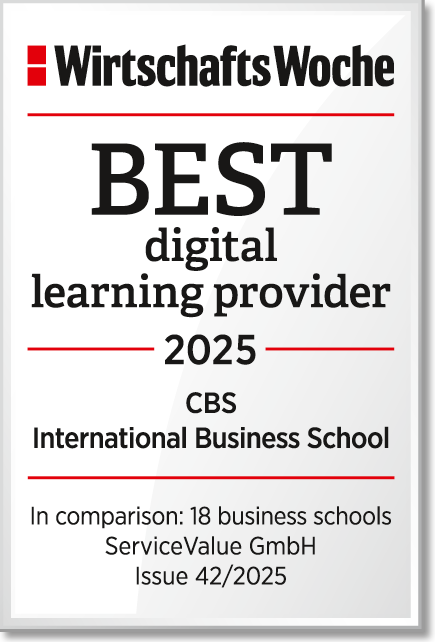
Lab-grown beef burgers and 3D-printed foods, anyone? These days, the technological innovation of synthetic foods is more and more considered as “the future of foods”. While scientists astonish consumers with new inventions, there is actually another thought behind it: namely that of the projected population growth. To find out what this innovation is all about and why synthetic food is directly related to global demographic growth, read the following article.
Chuck Hull: The Godfather of 3D Printing
Let’s take a trip back in time where it all started with an invention in 1983, when Chuck Hull’s first 3D printer proved to be successful. A year after, the co-founder of this innovation filed a patent for “stereolithography”, known as a form of 3D printing. Since then, 3D printers have found application in different areas. In 2011, Hod Lipson, director of Cornell University’s Creative Machines Lab, and a few of his students started to experiment with three-dimensional printing. As his students had fun messing around with raw materials and foods, public interest aroused increasingly. And all of a sudden, everyone seemed to find broad interest in 3D food printing.
So Far, so Good - But How Is Printed Food Supposed to Feed a Population that Does Not Stop Growing?
Projections of demographic growth predict that the current world population will reach a number of 9.1 billion by 2050 - an accrual rate of 34 percent. Since most of the growth forecast can be affiliated to developing countries, food production must increase accordingly. In 15 years’ time, it may be possible that the foods we consume will come out of a printer instead of being produced on an industrial scale. Take the example of meat: if we continue to eat meat without thinking about environmentally sustainable farming methods, scientists predict the world to end. Since the world’s meat and food consumption will rise dramatically, researchers are working on a cheap and less-resource requiring solution approach for consumers. At this point, it is questionable which of the innovation strategies can be applied to the aforementioned crisis. As a result of population growth, resources and changing weather patterns will not be able to stick with the world’s demand for food supplies. In this case, we are talking about a “demand-pull” since the population demands for a solution to the world food problem (scarcity of supplies) they will be faced with in the next decades. In order to provide human beings with foods in days to come, scientists have already worked on a “technology-push” measure. Even if 3D printers have been introduced a long time ago, researchers keep on exploring how they can make use of this technology device to ensure food supplies for the world’s population.
The Perks of 3D Food Printing
Nowadays, scientific explorations of three-dimensional food printing present a wide range of possible benefits in favor of our population. The potential of printed food can be looked at from different perspectives: on the one hand, convenience and customization seem to be highly promising. As synthetic food will be able to adapt to dietary choices and food allergies of the individuals, significant attention is paid to human health. Apart from that, professors of Maastricht University conducted several experiments on lab-grown and printed meals, predicting environmental well-being if industrial applications are replaced. As the world’s population increases more and more, it will be difficult to provide our society with conventional farming methods. For this reason, 3D-printed food could turn out to be a successful solution to feed the next generation.
How Far Have We Come?
Up to now, the development of 3D food printing seems to hold a lot of promise. Since the quality of 3D printers has advanced in recent years, synthetic food is becoming more of a reality. Despite significant progress in innovation management, the technology of 3D printing is facing various challenges that have to be worked on in the near future. Major issues like taste, consistency, ingredients and costs are to be investigated. Furthermore, obstacles with regards to safety standards could arise. It is therefore necessary to recognize and handle these challenges, so that technological improvements can be made in time. We can get excited about what lies ahead. The sooner the better!
Tissue Engineering with 3D Printers – innovative development in medicine
3D-printing: Past, present and future of an innovation in progress
















